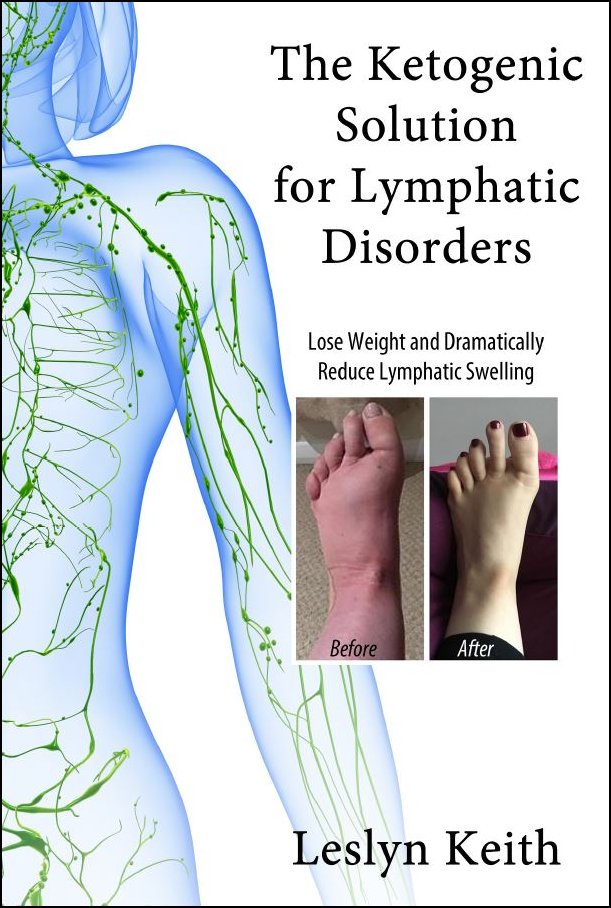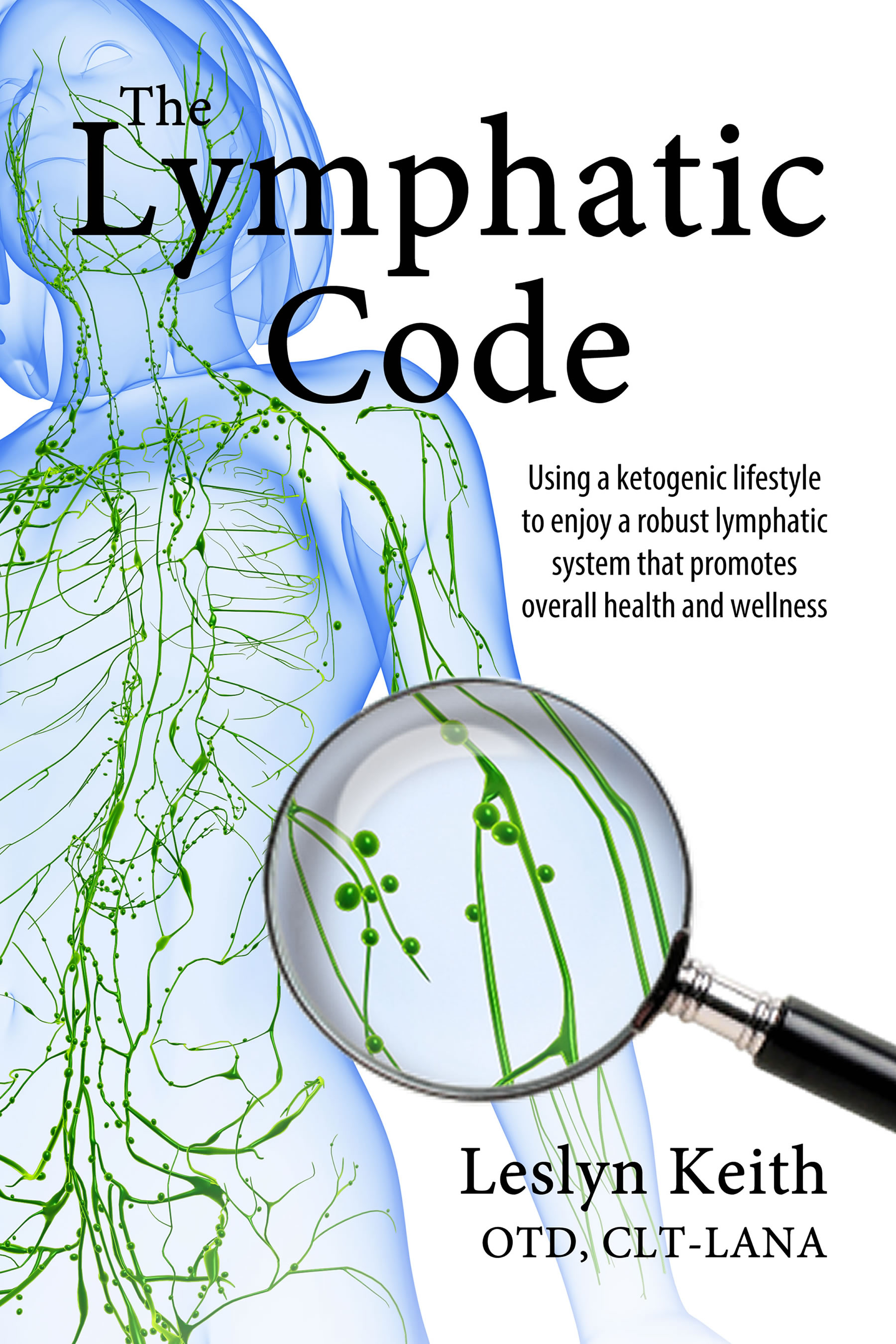Fats and Lymphatic Health Part 2
Different fats have different effects in the body. Here, I’m continuing the (very simplified) overview to help you understand different types of fat and their role in the body and the health of your lymphatic system.
Palmitic Acid
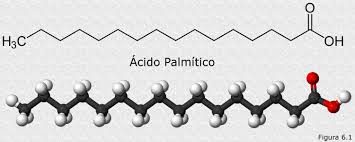
Palmitic acid is a long chain saturated fat which compromises up to 30% of human fat. It is the most common fat in animals and is one of the main ingredients of breast milk. But when we eat palmitic acid, it gets nowhere near the liver. Palmitic acid is one type of saturated fat that has a positive effect on our health when we ingest it but a negative effect when our liver is forced to convert an overload of carbohydrates into fat in the form of palmitic acid.
The lack of dietary saturated fat could be driving the epidemic of Alzheimer's in our adult population. Saturated fat is simply necessary for proper brain function. Unless you are consuming fish, shellfish, grass fed fatty beef, egg yolks, or coconut oil, you aren’t getting enough saturated fat to have a properly functioning brain. Sounds funny, but it’s true. If you want to think more clearly, eat fat. Humans simply function better with a high saturated fat intake. We often hear, “heart healthy fats,” but I say animal fat is the healthiest fat for your body, and that includes the heart.
Medium chain triglycerides (MCTs)
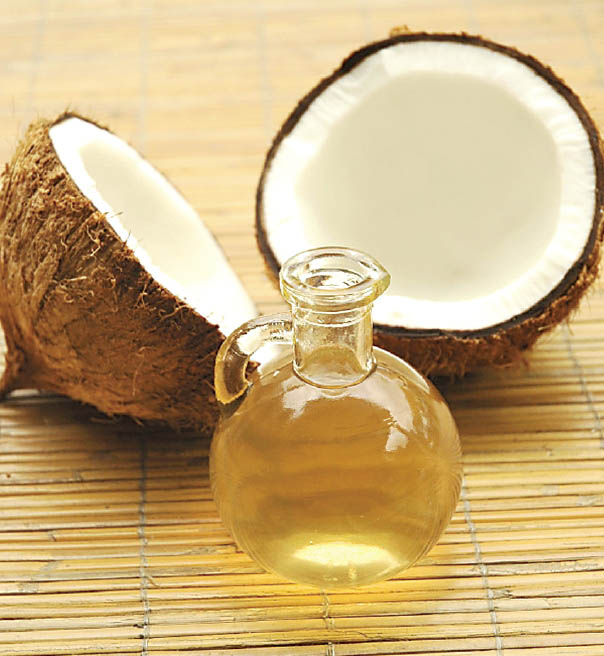
MCTs are converted by the body into immediate energy. Coconut oil, loaded with MCTs, is one of the healthiest fats anyone can consume. It has a great proportion of lauric acid, a wondrous fatty acid that is anti-bacterial, anti-microbial, and anti-fungal. The human mammary gland produces lauric acid so that human infants get plenty of this marvelous fat to protect them from pathogens in their environment.
MCTs deliver energy to the body instantly. Remember what I said in Part 1 about the intestinal lymphatics absorbing and transporting fat? MCTs are the only dietary fat that bypasses the lymphatics and instead goes straight to the liver via the portal vein to be converted to energy. If you have impaired lymphatics, you might try increasing your intake of MCTs.
Polyunsaturated fats

These fats tend to be in the form of oil - that is, liquid fat. Two types of polyunsaturated fats are docosahexaenoic acid (DHA) and arachidonic acid (AA). These are essential fatty acids, meaning that humans cannot synthesize them in their bodies. DHA and AA must be eaten for proper brain health, cellular integrity and other essential activities. It may have been the search for DHA and AA, found in fatty fish, that caused pre-humans to move off the plains and to the shoreline since these two types of fat are not available in enough abundance in dry regions for humans to flourish. This reinforces why we need to eat fat. Eating fat is not just good for us, it is imperative. If babies and young children don’t get enough fat, their brains cannot develop correctly, causing lifelong problems.
Healthy Fats vs Fats To Avoid
Now let’s talk a bit about the fats that you should never consume. Not all polyunsaturated fats are good for you. Since polyunsaturated means that the carbon in the chains have more than one bond that are not attached to hydrogen, oxygen can attach to those connections making the fat oxidized, or rather, rancid. Rancidity is not healthy. It is much less likely that saturated fat or monounsaturated fat will become rancid.
Corn oil is at the top of the do not consume list. Corn has never been a healthy human food and making oil from it has been a disaster. That goes for many other seed oils. Most of the seed oils available such as canola oil and cottonseed oil (Crisco) contain a huge amount of omega 6 oils which contribute to inflammation and may also contribute to increased risk of cancers. Another problem with seed oils is the processing required to get oil from a seed. A large amount of heat and toxic chemicals is used.
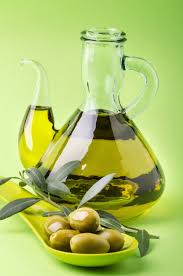
Take heart, though! Oils from olives, avocado and coconut are cold pressed. No heat or chemicals needed! Olive oil, for instance, has been found to have many benefits and virtually no downsides. It has mostly monounsaturated fat, specifically Omega 9, but it also has saturated fats and polyunsaturated fats.
Another principle to consider regarding oils and fats is that your intake of Omega 3 and Omega 6 must be balanced. That is, a 1 to 1 ratio of these two types of polyunsaturated fats is most healthy. In our Modern American Diet (MAD) or Standard American Diet (SAD), the typical ratio of Omega 6 to Omega 3 is somewhere above 100 to 1 and many people have a much higher ratio. This has been a disaster. One experiment you can do is to not eat any Omega 6 oils for several weeks and then get a C-reactive protein (CRP) test. This test measures your bodily level of an inflammation-indicating protein. C-reactive protein levels should be close to zero. It is good to get your omega 3 from fatty fish which has large amounts of polyunsaturated fatty acids. And remember, Omega 6 and 3 fats are unsaturated fats, not saturated fats. Don’t let them go rancid.
A discussion about fats can be virtually endless. Fat is not just one monolithic thing. Next time you read or hear of a study where the researchers fed the individuals “fat,” dig deeper and ask, “What type of fat?” Now you can eat good fats to your heart’s (and lymphatic system’s) content on a keto way of eating.
Other Suggested Reading
The Big Fat Surprise by Nina Teicholz
(Please Note: As an Amazon Associate, I earn from qualifying purchases.)
Books by Leslyn Keith, OT
|
Buy the print softcover book on Amazon Buy the E-book via Paypal |
Buy the print softcover book on Amazon Buy the E-book via Paypal |
